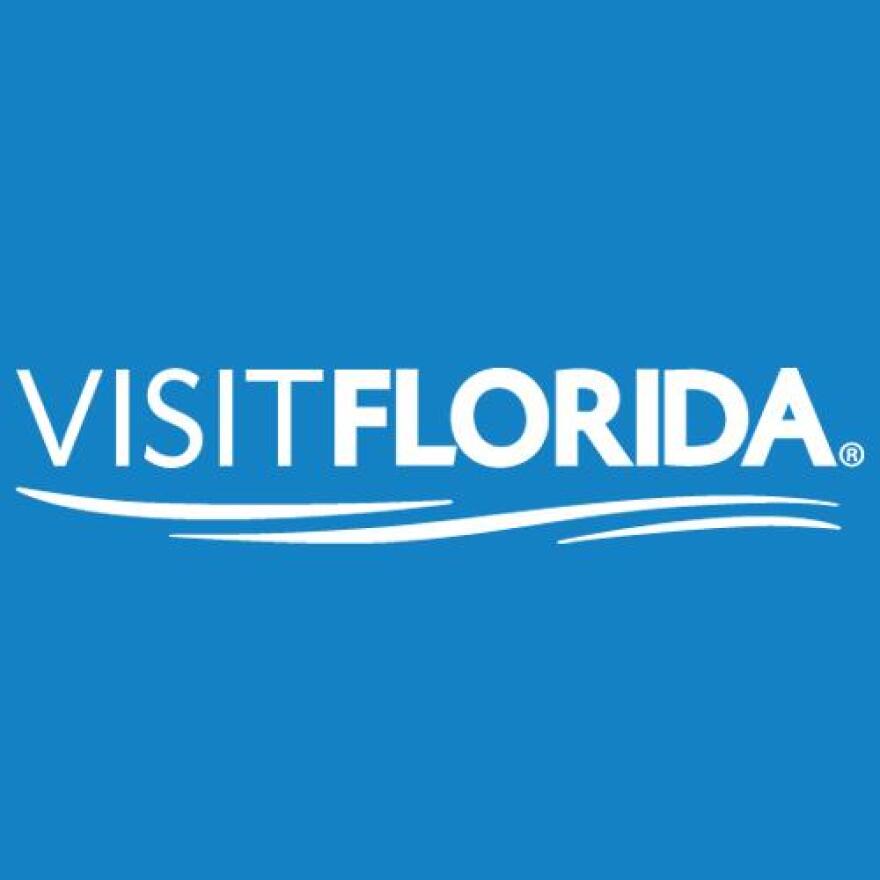Governor Rick Scott has not yet taken action on the new budget and he fate of Visit Florida, the state’s tourism promotion agency, remains in limbo.
For every dollar Visit Florida spends, the state receives $3.20 in return, according to the Florida Office of Economic and Demographic Research. In 2015, the latest available year, that translated to $109 billion in tourist spending; $11.3 billion in tax revenue, and 1.4 million tourism-related jobs in 2015.
“The way the Legislature did [the budget], a lot of us say they did it in secret,” said Scott in Jacksonville. “They cut it 67 percent, back to $25 million and even with that, the way the bills came through, it’s very difficult to even spend that money.”
Scott had asked for an increase, to $100 million.
“Gotta make sure our Legislature puts the money in, so we get more tourists,” said Scott in Pensacola earlier this month. “Every 67 tourists is another job.”
House Speaker Richard Corcoran led the charge against funding Visit Florida, after the agency entered into a secret, $1 million contract with Miami rapper Pitbull, using taxpayer funds, to produce a new video for his song "Sexy Beaches" touting the state's beaches and lodging.
Before the just-completed legislative session, Corcoran said funding Visit Florida did not go hand-in-glove with increased tourism numbers.
“Let’s look at when we increased money for Visit Florida and tourism went down,” said the Speaker. “Let’s look at years when we decreased money for Visit Florida and tourism went up. There’s no correlation between what we’re spending and what we’re getting in return.”

“I would definitely disagree with that; [Visit Florida] is setting the table. They’re also selling the state,” said Steve Hayes, President of Visit Pensacola.
“Contrary to what people may believe, it doesn’t sell itself,” Hayes said. “You need to go through and show what’s unique in different parts of the state. Because what is saleable downstate is different than what you’re going to find here in northwest Florida.”
Hayes adds that moving forward either with a reduced Visit Florida footprint, or no state funding at all, will have real, lasting impact on local work to bring in as many visitors as possible.
“At the local level we look at it and say, ‘we still need that presence,’” said Hayes. “And we’re going to try to do what we can do, but it’s going to be hard to make up that dollar amount and that visibility. When Visit Florida leaves, that vacuum is going to be filled by other states.”
Other states such as Texas and California, along with destinations in the Caribbean and Mexico. Without Visit Florida, contends Hayes, northwest Florida and other areas downstate become less prominent.
In voicing his opposition to funding Visit Florida, House Speaker Richard Corcoran also points to the agency’s budget increases over the past five to six years, peaking at $80 million. He seeks to tie that in with tax reform.
“That’s an increase of 200-something percent, of money that could go to classrooms; could go to helping seniors, could go to tax cuts,” said Corcoran. “All the things that we know work.”
Whatever action Gov. Scott takes with his line-item veto pen, Visit Pensacola’s Steve Hayes believes the state agency’s numbers won’t be affected. And, as Brooklyn Dodger fans used to say, “Wait ‘til next year.”
“I would hope that, if everything stays as it is, there’s a way to go back to the Legislature and say, ‘this is what this has done,’’ said Hayes. “And hopefully use that time to educate local legislators.”
Meanwhile, a new arrow in the Governor’s quiver to defend Visit Florida comes from – Visit Florida. Their figures show the state drawing just over 31 million visitors during the first three months of the year. According to the Governor’s office, that’s the highest number during any quarter in state history




